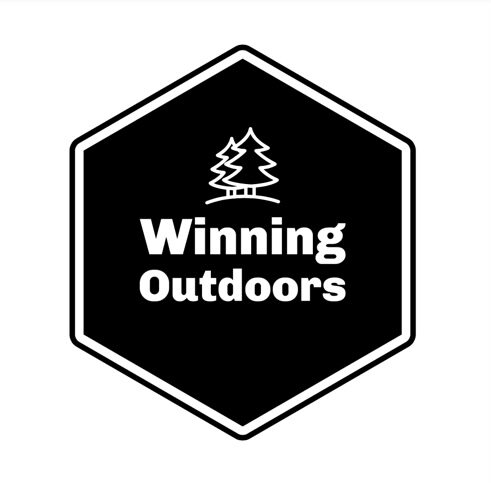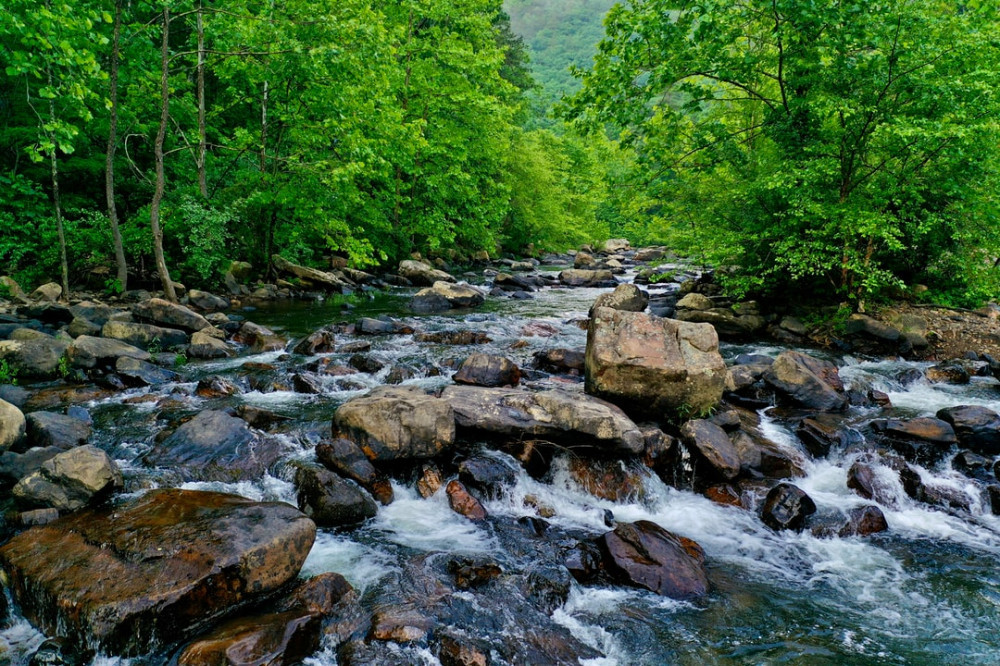For the majority of Americans, having safe drinking water doesn’t receive much consideration. Most everyone has access to running water at home and access to bottled water, jugs and dispensers to keep the clean water flowing. Ideally, you’d want to plan ahead and bring the water you need with you! Unfortunately, not everyone has that capability. While I am writing this more for those who are camping, hiking, etc., the hazards associated with using contaminated water apply in any situation. Knowing how to make safe drinking water and understanding the NSF water filter certifications are important.
Using contaminated water for drinking, washing foods, cooking or any other ingestion methods can cause diarrhea, stomach pain, and vomiting. If left untreated, this can lead to dehydration as well as many other serious conditions. Having quick access to medical care isn’t always an option when you’re out in the woods, so taking care of yourself if extremely important.
Sources of Water

Knowing the source of your water is the first step in ensuring your drinking water isn’t contaminated. Although trusted sources could become contaminated, making an effort to know if its coming from a water treatment facility, rainwater collection, or stagnant algae-filled reservoir can make a big difference.
I should also add that just because water looks clean, does not necessarily mean that it is. Water contaminated with bacteria, viruses, and parasites can sometimes look clean. For instance, being in an area with no sanitation or sewage system presents its own set of risks. Any idea where that waste water could go? You got it, right into the drinking water. Knowing your area is extremely important, if you don’t, you need to take the proper precautions.
Older persons, children, pregnant women and those with weakened immune systems are more likely to suffer from ingesting contaminated water. However, it can affect anyone so don’t think you are immune.
Water Treatment
Thankfully, there are numerous methods to assist in ensuring that your water is as clean as possible while spending your time away. Below we’ll cover in detail, some various options you have in cleaning and purifying your water. This will allow you to focus on other important things such as spending time with family and friends, admiring the scenery, or deciding which trail you want to take.
Boiling Water
Boiling is the best method to kill viruses, bacteria, and parasites. I keep a Pathfinder Canteen Cooking Set with me on any trip for this very purpose. Of course, depending on how much water you want to boil at a time will determine your gear. The best thing about boiling is that it is fool proof. If you can heat water and have a watch, you’re good. The downside to boiling is that it can be inconvenient if you are in the middle of a hike or on the move. You may also have to filter out any solid particles depending on where your water source is.
- Bring water to a rolling boil for 1 minute, then allow it to cool before use. At higher elevations (above 6,000 feet, I’d recommend 3 minutes).

Disinfection
If you can’t boil water, you can use a chemical disinfectant such as chlorine or iodine. Both are readily available and cheaper in the budget category. Disinfectants kill most harmful or disease-causing viruses and bacteria. Unfortunately, they are not as effective against Cryptosporidium and Giardia. Both will need to allow time to sit following application to allow the taste of the chemical to dissipate. Both also require the calculation of drops or tablets to the amount of water being treated, following the manufacturers instructions are extremely important.
Using Chlorine Dioxide tablets, is my preferred option in this category due to health restrictions of iodine. While this option can be effective against Cryptosporidium and Giardia, there is a longer wait time before use (approximately 4 hours), so its not something you’ll want to use if you’re in a hurry.
Another option is Iodine tablets, solution or crystals. Iodine is not recommended for persons with thyroid problems, pregnant women, sensitivity to iodine or for prolonged use. The wait time for these are approximately 30 minutes, so you’ll have quicker access if needing to hydrate in a hurry.
While you can use an unscented household bleach, the packaging isn’t as user-friendly as some other options to ensure safety so we’ll steer clear of that for now.
Note: If the water has a chemical contamination, disinfectants will not make it drinkable.
Filtration
There are several filter certifications to make you aware of before deciding on a performance filter.
- NSF Standard 42 is the most common and removes taste and odor contaminates. A good example of these would be your refrigerator or water pitcher filter.
- NSF Standard 44 involves water softness or reducing water hardening minerals.
- NSF Standard 53 is another common certification that focuses on reducing or eliminating contaminants that cause health effects. Typically, they cover heavy metals, herbicides and pesticides, bacteria, as well as other chemicals. These can sometimes be found under sinks or attached to faucets. While not all are created the same, it is important to look at the information provided from the manufacturer to determine what contaminates it eliminates.
- NSF Standard 55 is involves UV-LED Technology. There are a lot of newer options out there in the area, so checking for the certification is important. UV-LED are effective disinfecting small quantities of clear water as they do not filter out particles. If the water is not clear, it could affect the disinfecting process by blocking the light. You will also have to have electricity or batteries for this process.
- NSF Standard 58 is what you’ll want to look for if you’re thinking about a reverse osmosis filter. They can typically remove much more than your standard filters. They’ll filter out heavy metals, nitrites and nitrates, as well as much more. Standard 58 certifications usually receive the Standard 53 certification as they usually have an activated carbon filter component.
I personally like the GRAYL Geopress which has the Standard 42 and 53 certifications. I like this one due to the amount of items it reduces and eliminates and for the ease of use. Fill it up, press it, and drink. It can’t get much easier than this.
Keep Your Hands Clean
In addition to the items listed above, it is extremely important to keep your hands clean. It doesn’t help to clean, filter, or treat your water if you’re going to reintroduce contaminates from your hands. Wash your hands thoroughly before. Use sanitizers with at least 60% alcohol. If you’re transferring cleaned water to another container, ensure that it is clean also.
Clean Up
In wrapping up this post, I hope that you have found some new information to keep you and your family safe while spending time outdoors. Be sure to look at the products before purchasing. Ensure that it will fit your needs. While many of these products may work great as a stand-alone, always have a backup plan (or two).
If you have some thoughts, feel free to drop them in the comments and lets discuss. Maybe you like something that we have missed. Let us know! If you liked the information and want to receive more information in the future, sign up for our weekly newsletter.
Keep Winning Outdoors!

